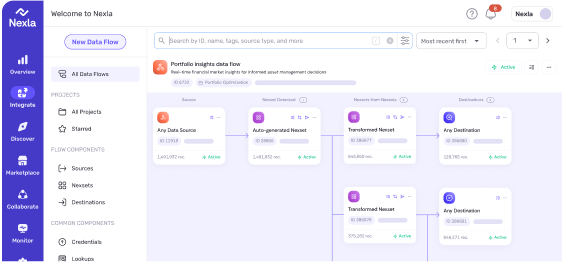
Beyond Compliance: Why Privacy is the Foundation of Trustworthy AI
While it is true that AI offers enormous opportunities for innovation and success, its reliance on personal data raises urgent concerns about privacy, ethics, and governance


Today, over 8850 companies are using Databricks, and it has become one of the most popular tools for processing and manipulating data. Databricks enables companies to store and process massive amounts of data by abstracting away the need to manage huge Spark clusters. On the platform, users can query and manipulate data with their language of choice (SQL, Python, Scala, Java, or R) and end users only need to select their compute and write a small amount of code to perform the same big data operations without worrying about their data infrastructure. A few years ago the same tasks would require a full team of DevOps engineers to manage.
As easy as it has become to collect and process data in Databricks, companies are now tackling the task of taking that processed data and moving it into destinations to drive business value. Processing the data provides no value if that data stays in your data lakehouse; it cannot power production ML models, hydrate your Salesforce data, drive more efficient marketing campaigns or power real-time applications. That’s where Nexla comes in.
Nexla has launched GA support for Databricks Delta Lake as a data source to enable Databricks users to send data wherever it needs to be consumed. With a few clicks, you can create a Nexla source that connects to your Databricks Delta Lake, run no/low-code transformations to match your target destination, and deliver the data to your destination at a schedule of your choosing. Nexla’s robust and flexible platform enables the transfer of that data to a plethora of destinations such as common Sales/CRM softwares, a proprietary API endpoint, or a production database like MongoDB. Nexla is a unified platform that supports your ETL, ELT and R-ETL needs.

Additionally, Nexla auto-generates data products, or as we call them Nexsets. The Nexset is a logical representation of your data in the source. Nexsets contain functionality most pipelines lack, such as samples of your data, data contracts, real time monitoring, data volume alerts, and auto-quarantining of erroneous data. Instead of worrying about the headaches of writing pipelines to your Reverse-ETL destinations, let Nexla handle the heavy lifting so you only need to think about where your data can drive the most value.

Curious how it works? Check out this step-by-step guide to using Databricks as a data source. If you’re ready to discuss how you can seamless integrate every element of your data solution, get a demo or book your free data strategy consultation today and learn how much more your data can do when integration is easy. For more on data, check out the other articles on Nexla’s blog.

While it is true that AI offers enormous opportunities for innovation and success, its reliance on personal data raises urgent concerns about privacy, ethics, and governance

In this second episode of DatAInnovators & Builders, Ashish Thusoo breaks down how CurieTech AI uses benchmarks-first discipline and AI-driven build loops to achieve 70–80% productivity gains.

In this episode of The SaaS Podcast, host Omer Khan talks with Nexla’s founder, Saket Saurabh, about live‑coded demos, consultative outreach, and bold moves that drove multi‑7‑figure deals.
